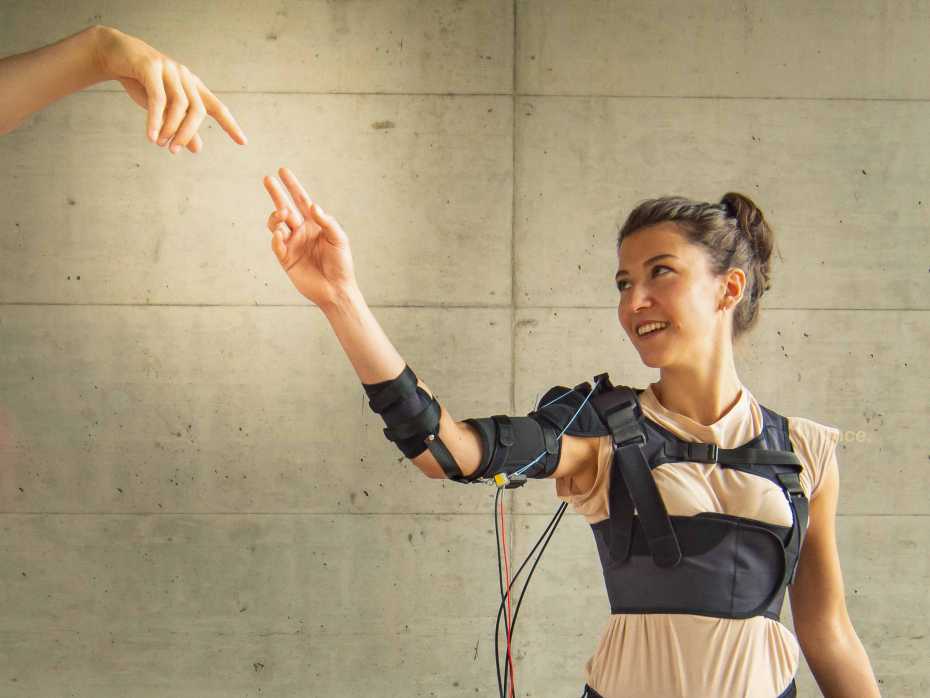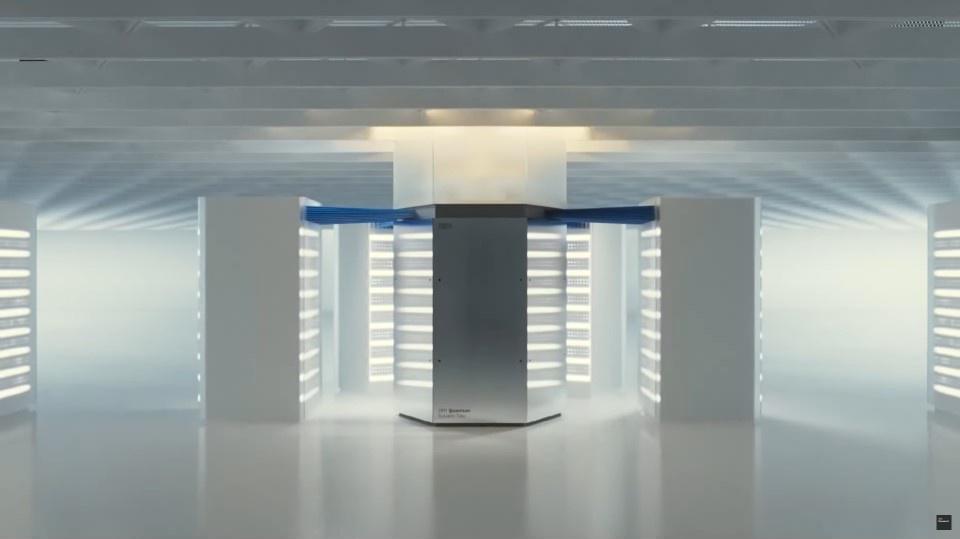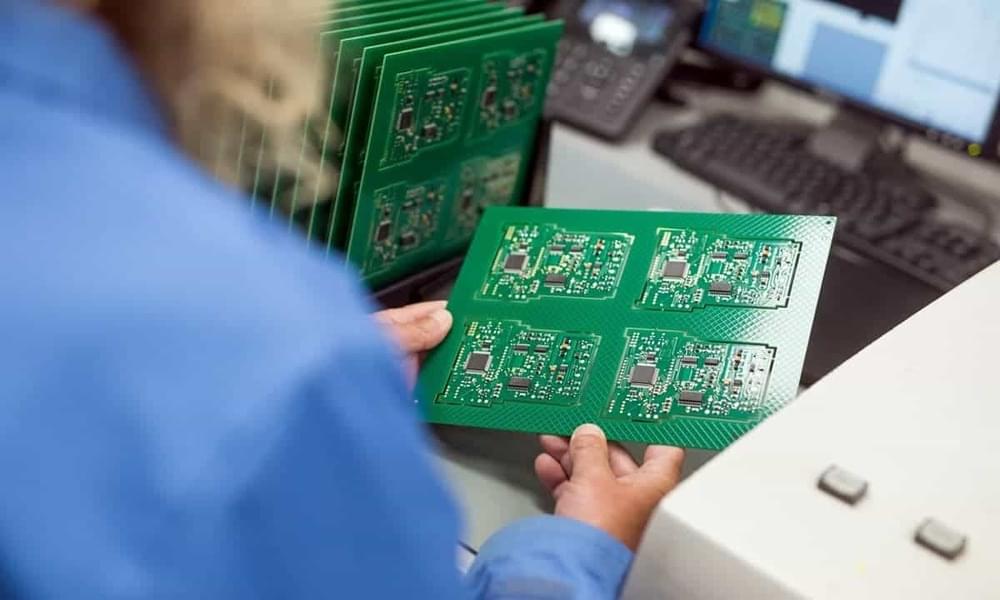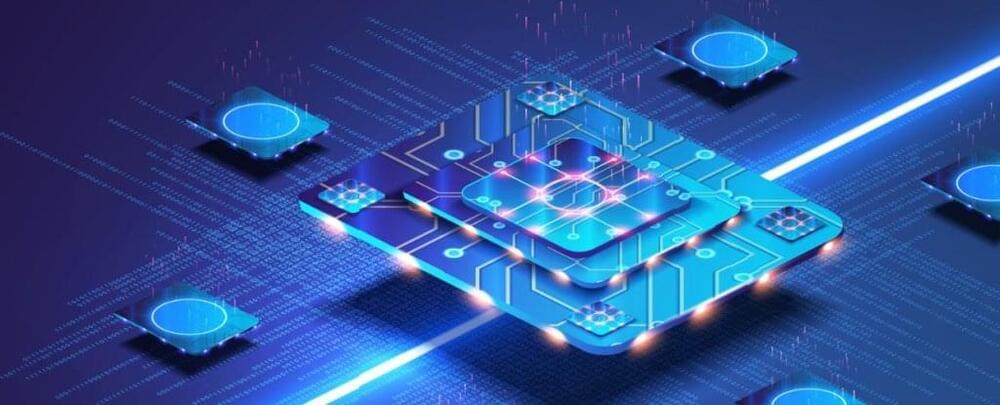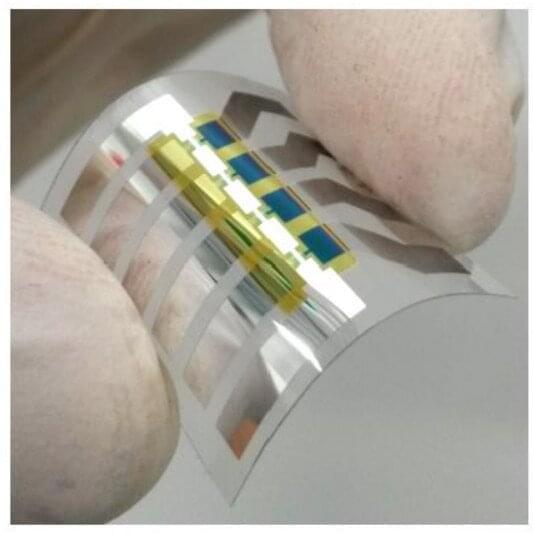Jun 27, 2022
Wearable muscles offer an impressive upper-body endurance boost
Posted by Genevieve Klien in categories: computing, cyborgs, wearables
Researchers at ETH Zurich have developed a lightweight, wearable textile exomuscle that uses sensors embedded in its fabric to detect a user’s movement intentions and chip in extra force as needed. Initial tests show a significant boost in endurance.
Where powered exoskeletons act as both muscle and bone, providing force as well as structural support, exomuscles make use of the body’s own structure and simply chip in with additional force. As a result, they’re much lighter and less bulky, but they’re also limited in how much force they can deliver, since human bones and joints can only take so much.
Continue reading “Wearable muscles offer an impressive upper-body endurance boost” »
